Have you heard of the runner’s high? It is the state of euphoria that occurs when exercising. The famous endorphins that are secreted during sports produce a greater resistance to pain and a feeling of relaxation, but the euphoria and well-being actually come from another brain drug: anandamide, an endocannabinoid. In order to understand us, marijuana makes your own brain.
Like many other drugs, marijuana contains substances that resemble our natural neurotransmitters. In this case it is tetrahydrocannabinol or THC, which has the same effect on our brain as anandamide: in the short term, a feeling of well-being and amplification of pleasurable sensations, elevation of the pain threshold, and also some interference with the formation of memories and with motor functions.
But marijuana also contains another substance called cannabidiol or CBD, which when it reaches the brain increases the levels of another endogenous neurotransmitter called 2-AG, which is responsible for regulating appetite (hence the hunger that joints cause), and much more importantly, the immune system and pain regulation. THC is psychotropic, and it is the part of cannabis that gives you the “recreational” effects. CBD does not produce these effects, but it does affect brain function and general health, in many cases in a beneficial way.
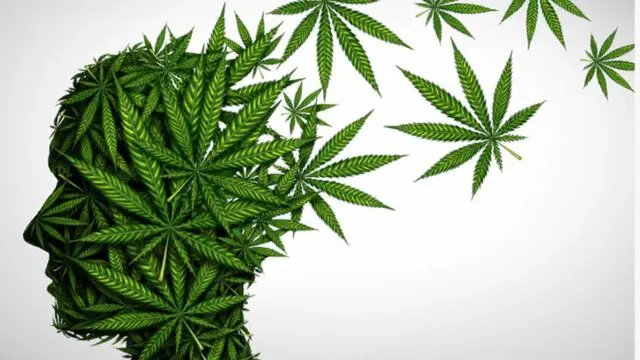
So we came across a plant that contains active ingredients that turn chemical switches in the brain on and off, mimicking our own neurotransmitters. The bad news is that this plant is illegal. The good news is that the time when its use is normalized for the treatment of many diseases is getting closer.
In Spain, cannabis is decriminalized and, socially, quite accepted, although activities such as trafficking or cultivation with the intention of selling are persecuted. In the United States, 29 of the states have legalized marijuana for medical uses. Unfortunately, being an illegal substance for many years, studies on cannabis in health are scarce. This is what we know at the moment:
It relieves anxiety, doesn’t it?
The use of marijuana in moderation induces feelings of relaxation, but after a certain dose, instead of reducing anxiety, it produces it. It is the sad experience of someone who ate that cannabis cupcake and felt great at first, but as digestion continued and THC levels in their blood increased, they found themselves living a nightmare of nerves and cramps (the author of this article you know because a friend told you about it). The perfect dose to have relaxing effects depends on the individual and their tolerance to the drug, and varies between 7.5 and 12.5 milligrams of THC.
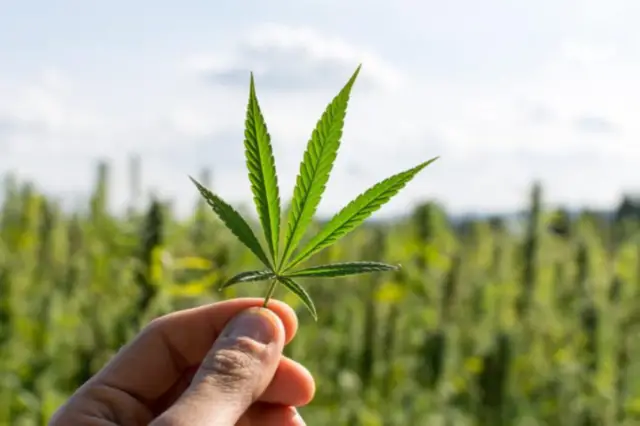
Chronic pain treatment
After reviewing many studies, the report by the National Academy of Science in the US concluded that the treatment of chronic pain was the main use of cannabis, and the reason why many people consumed it by indication medical. These effects depend on both THC and CBD. It is also effective against muscle spasms, for example of the diaphragm, that do not respond to other medications.
Possible treatment of glaucoma
Glaucoma is a disease in which pressure inside the eye increases, damaging the optic nerve and risking vision loss. Since the 1970s, there have been studies proving that the use of marijuana relieves intraocular pressure for several hours, and can be used for the short-term treatment of glaucoma. The treatment has the side effects of marijuana use, and is no better or worse than other drugs on the market, so a longer-lasting and less invasive treatment from the plant is being developed.
It does not affect lung capacity in moderate amounts
It is well known that smoking tobacco always reduces lung capacity, but it seems that marijuana does not, unless it is mixed with tobacco, of course. A study from the University of Los Angeles found that at low levels of use, marijuana seemed to increase lung capacity. Of course, by smoking similar amounts, it decreased.
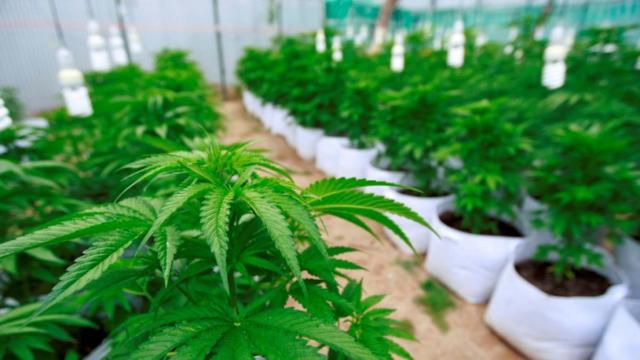
Useful for epilepsy treatment
Cannabidiol or CBD, the non-psychotropic component of marijuana, can help control epileptic seizures in children and adolescents, according to a study published by The Lancet. This is also consistent with observations of patients using cannabis on their own for better symptoms, and with fewer side effects.
It can slow the development of cancer and alleviate the effects of chemotherapy
The same CBD component can slow down the development of breast cancer according to a study by the University of San Francisco. Other studies with mice have shown that THC also slows the growth of tumors, and another more recent one, combining CBD and THC, found that adding it to radiotherapy achieved a more effective treatment to stop the development of glioma, the most common brain tumor. However, these results have not yet been replicated in humans.
Cancer patients treated with chemotherapy experience nausea, vomiting, and loss of appetite. Several studies have shown that smoking marijuana or using THC-based drugs can relieve these symptoms.
Treatment for Alzheimer’s, Parkinson’s and multiple sclerosis
Cannabis, and more specifically smoking marijuana, has beneficial effects on neurodegenerative diseases. THC slows down the development of amyloid plaques that form in the brain of patients suffering from Alzheimer’s, and therefore slow down the disease. The mixture of CBD and THC can also help preserve memory and dronabinol, another cannabinoid, can reduce behavioral disorders in Alzheimer’s patients. Multiple sclerosis patients who smoked marijuana also saw reduced muscle spasms and pain, and in the case of Parkinson’s, it also reduced tremors and pain in a Tel Aviv University study.
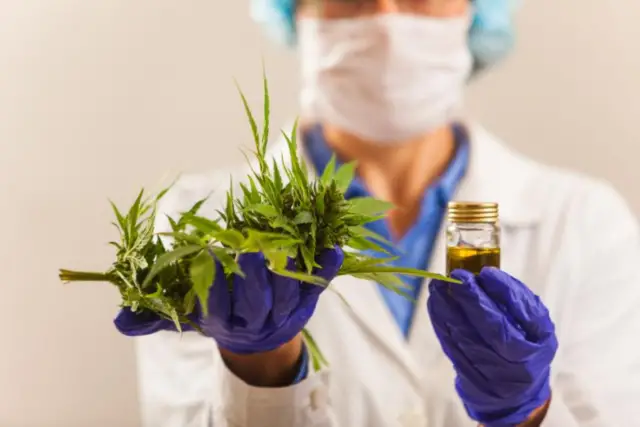
Treatment of post-traumatic stress and schizophrenia
In the United States, post-traumatic stress syndrome is the most common reason for prescribing marijuana to patients. The study with veterans indicates that it reduces feelings of fear and anxiety. Marijuana also reduces nightmares in these patients by disrupting the sleep cycles where they occur. Other studies indicate that CBD alleviates seizures in patients diagnosed with schizophrenia.
Where are the implicit risks?
Like any substance, including water and common salt, cannabis has some risks; but they may not be what you think. Marijuana appears to negatively affect concentration and memory, but studies have found that these effects are not permanent and disappear when you stop taking it. However, the effects can be long-lasting if marijuana use begins in adolescence. One study found that the cognitive abilities of subjects who started smoking younger were affected, but not those who started smoking as adults. This is not necessarily because of the drug, but because of associated environmental factors.
Marijuana also doesn’t seem to be particularly addictive. To begin with, addiction is a psychological problem that does not necessarily depend on the substance, but on the emotional deficiency that the substance is supplying. According to statistics, 9% of people who smoke marijuana become addicted; that is, compared to 32% of those who smoke tobacco or 20% of those who snort cocaine. However, the percentage of addiction doubles for those who start smoking in adolescence. It is at this age that the greatest risks of cognitive deficiencies and lower academic performance occur, hence the importance of regulating its use.
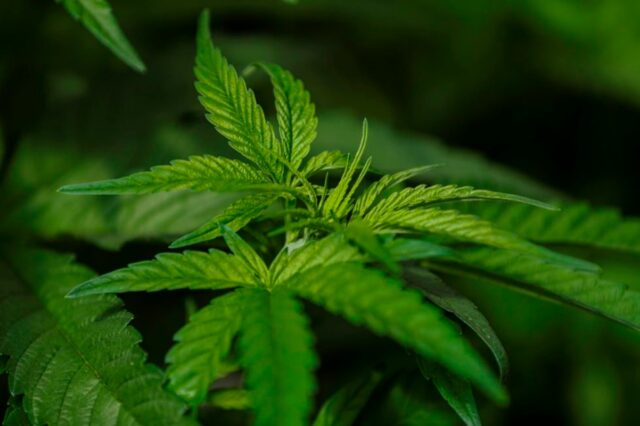
Finally there is the method of administration. Smoking paper-wrapped plants is the most harmful and ineffective way to administer any substance. If you need nicotine, getting 52 known carcinogens into your lungs from smoke and additives is a passport to getting very sick. The same goes for cannabis, especially if mixed with tobacco. Vaporizing or even eating marijuana are much healthier ways, all this while regulated drugs arrive that provide the active ingredients in a safe and dosed way.
Correction: The effect of CBD in the brain is to increase circulating levels of 2-AG, but it does not work as an analog, as could be understood in the first version of this article.
What is all this based on?
“The Health Effects of Cannabis and Cannabinoids: The Current State of Evidence and Recommendations, for Research One, of the therapeutic uses of cannabis and cannabinoids is treating chronic pain in adults. The committee found evidence to support that patients who were treated with cannabis or cannabinoids were more likely to experience a significant reduction in pain symptoms.
For adults with multiple sclerosis-related muscle spasms, there was substantial evidence that short-term use of certain ‘oral cannabinoids’, man-made, cannabinoid-based drugs taken by mouth, improved reported symptoms. Furthermore, in adults with chemotherapy-induced nausea and vomiting, there was conclusive evidence that certain oral cannabinoids were effective in preventing and treating these conditions.

